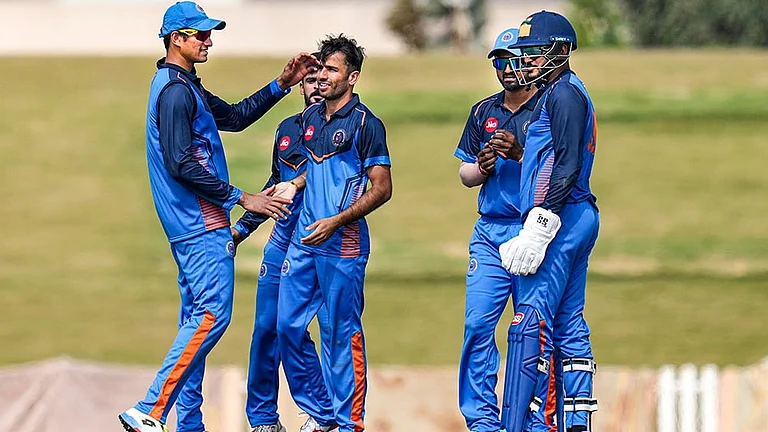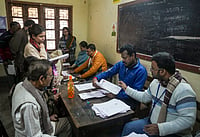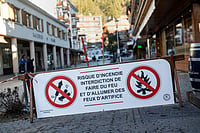WHEN I first saw Kalighat paintings in the Victoria & Albert Museum in 1982, they at once struck me for their contemporary appeal both in terms of invention of new pictorial language and their rendering of foppish babus, trendy bibis, dimwit dandies and seductive courtesans, with a tinge of sardonic mockery, unforeseen in Indian painting. The Kalighat artists were charmed by the academic shading seen in the European prints widely circulated in Calcutta. Deploying a form of vestigial European chiaroscuro in combination with their earlier practice of making clay figures, they created an illusion of rotundity which was used most effectively to portray a roly-poly sadhu, a pompous ejuraj (diminutive of ,educated raja'), a voluptuous prostitute or a pot-bellied Shiva.
I was also attracted by the visual impact of European style theatrical performances on these paintings. The presence of rippled curtains, sharp contrast lighting, dialogic stances of characters, frontal postures and sharply directed gazes of characters sporting Mughal costumes spoke of a performative context.
By 1860 there were about 330 photographers in Calcutta. Photographic portraits of women in seductive poses in the form of carte-de-visite had attained popularity around this time. I saw a direct impact of photographic images on Kalighat painting and this excited me enough to work on this distinctive idiom. Certain mannerisms of fashionable sitters,their contrived postures, their manner of sitting cross-legged on Victorian chairs, and their demonstrative display of all that needed to be ,recorded', that is, the pleats of their dhotis, their expensive shawls, buckled shoes, hookahs or their love for sitar (often having f-holes) as depicted in these pictures bespeak an idiom and imagery informed by photography.
The fact that the artists hardly differentiated between imaging goddesses and courtesans in terms of postures, gestures and figuration appeared to me rather intriguing. When the Sitas, Parvatis and Saraswatis shed their iconographic emblems, their lotus pedestals and their mythological locale in favour of Victorian chairs, fancy clothing and coiffeur and took on new symbols such as smoking pipes and more seductive glances, they emerged in their new roles as courtesans and actresses.
I was also astounded by the story of robust encounter of rural artists of Bengal who had migrated to Calcutta with the complex cultural forces that operated there in the 19th century, not resisting the change but seeing in the very process of transformation, the essence of expression. Sitting in the bazaar and candidly reflecting the surrounding environment in their work, the Kalighat painters not only became the first ,contemporaries' of Indian art, but in a manner of speaking, anticipated the popular culture of the 20th century that was to follow.


























